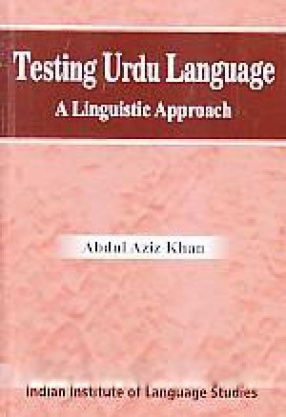
Indian Institute of Language Studies

Showing all 15 books

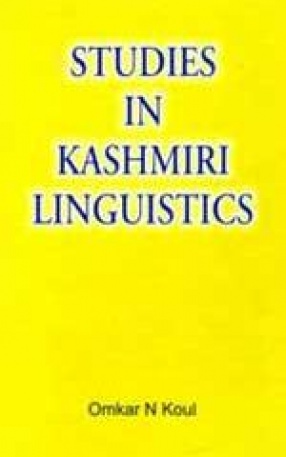
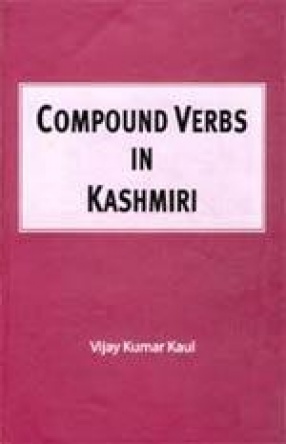
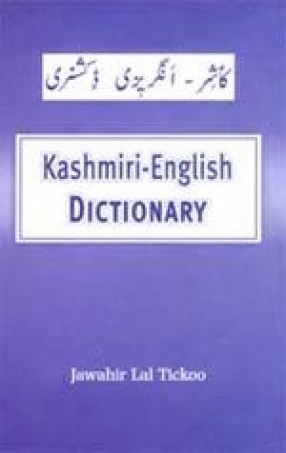
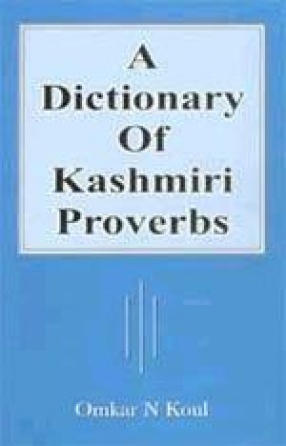



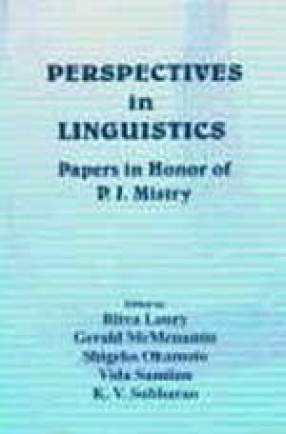
This volume consists of papers offered as a tribute to Professor P.J. Mistry by his former students and colleagues on the occasion of his retirement from the Department of Linguistics at California State University, Fresno. Reflecting the diversity of the scholars who have benefited from Mistry’s teaching, mentoring and friendship, a wide range of sub-areas of both theoretical and applied linguistics are represented, including syntax, morphology, phonology, ...

This festschrift contains papers on theoretical and applied issues relating to linguistics with special reference to India. Papers include Ancient Indian and modern generative linguistics with some comparative observations; Optimality of language design – towards a unification; Linguistic content in human thought; Case theta role relation in Kurux; Critical analysis of the classical theory; From monolingualism to multilingualism; Urdu as a pan Indian language; ...


Studies in Kashmiri Linguistics is a collection of papers related to linguistic and sociolinguistic aspects of Kashmiri. The papers deal with the structure of Kashmiri language and society, personal names, kinship terms, modes of greetings, modes of address, lexical borrowings, and standardization of the Kashmiri script. The students, researchers, teachers of the Kashmiri language, and linguists working in the area of South Asian languages especially in Kashmiri ...
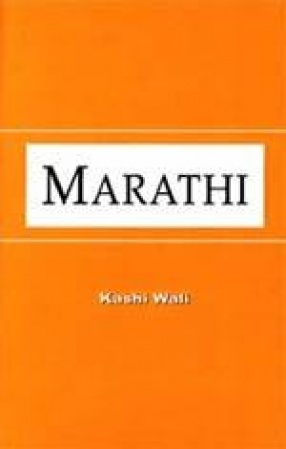
Marathi: A Study in Comparative South Asian Languages is a collection of papers devoted to various linguistic aspects of Marathi with special reference to other South Asian languages. These papers are related to the broad areas of subjects and agreement, anaphora and pronouns, facts and propositions, structure of causatives, correlatives and modals. Most of these papers are slightly revised versions of papers published in reputed international journals and books ...
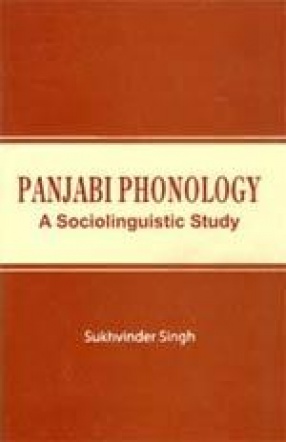
Panjabi Phonology: A Sociolinguistic Study is based on the author’s doctoral dissertation. The book is divided into five chapters (i) Introduction and Methodology, (ii) On Understanding Language Variation and Change, (iii) The Sociolinguistics of Panjabi Phonology, and (iv) Discussion and Conclusions. These chapters are followed by Appendices and References. It is a first detailed sociolinguistic study of Panjabi phonology. The students, researchers, teachers ...

The book Compound Verbs in Kashmiri is a revised version of the author’s doctoral dissertation. It is the first detailed study of the subject. It is divided into six chapters: Introductory Review, Problems and Methodology, Verb Sequences, Non-Compound Sequences, The Class of Operators, and Functional Use of Compound Verbs. It is useful for the students, researchers, and teachers of linguistics, and South Asian languages especially Kashmiri.

In comparison to other modern Indian languages, lexicographical works on Kashmiri commenced very late. No lexicographical works were written before the middle of 19th century. Lexicographical works on Kashmiri fall under different categories: vocabularies, glossaries and dictionaries. A number of attempts have been made by native speakers of Kashmiri to compile dictionaries in Persian, Arabic and Sanskrit towards the middles of the 19th century. It is believed ...

A Dictionary of Kashmiri Proverbs contains about twelve hundred Kashmiri proverbs and sayings used very frequently in day to day Kashmiri speech, and in writing. The proverbs in Kashmiri are provided in Devanagari and Roman transcriptions, followed by literal translations, simple explanations, and equivalents, wherever possible, in English. The Students and teachers of Kashmiri language, literature, culture, and folklore will find this book quite useful.
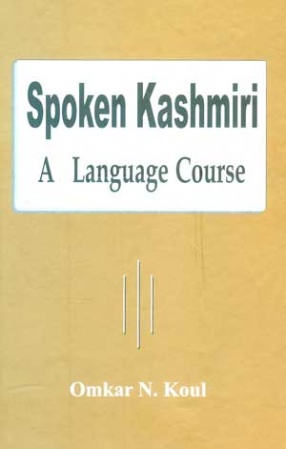
Spoken Kashmiri: A Language Course is essentially a self-instructional course for learning Kashmiri as a second/foreign language. It contains 20 lessons introducing basic structures and related patterns in a graded format followed by classified vocabulary. Lessons contain texts in the form of conversations/narrations followed by drills, exercises, grammatical notes and vocabulary. The students and teachers of Kashmiri as a second/foreign language and general ...
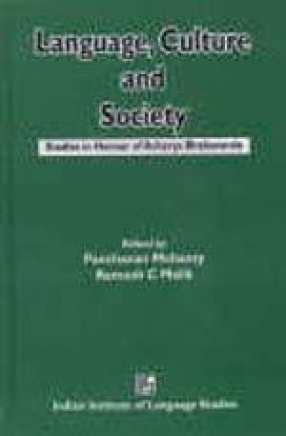
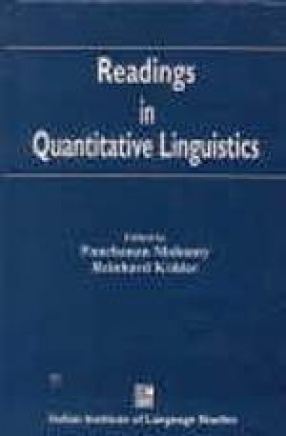

The present book Urdu: Script and Vocabulary is divided into two sections: Script and Vocabulary. In the first section, it introduces the Urdu script in ten lessons in a graded manner. The alphabet is introduced in different groups in the basis of the similarity of shapes and formation of letters. The script lessons introduce the formation of letters, their combination with letters of other groups in a graded manner. The pronunciation of the letters and the words ...
